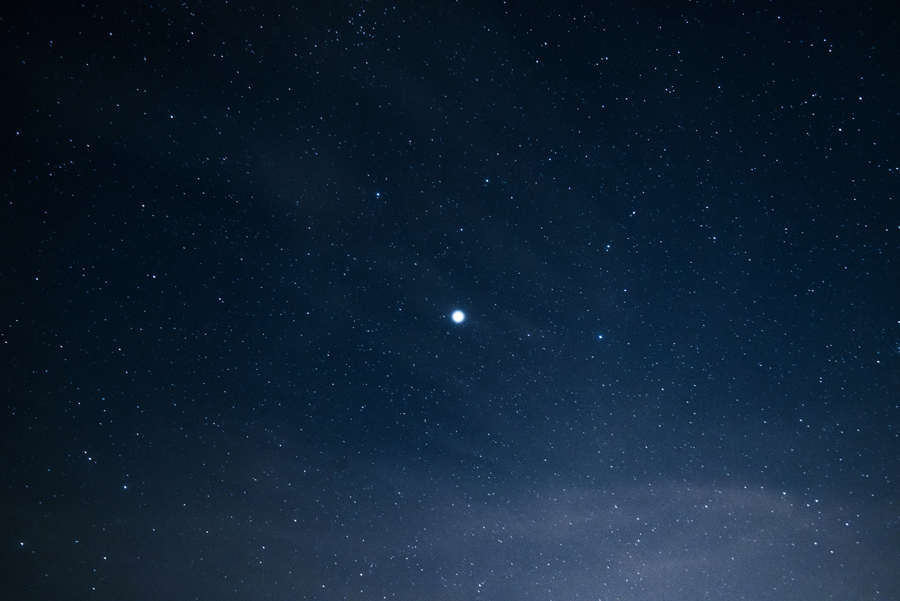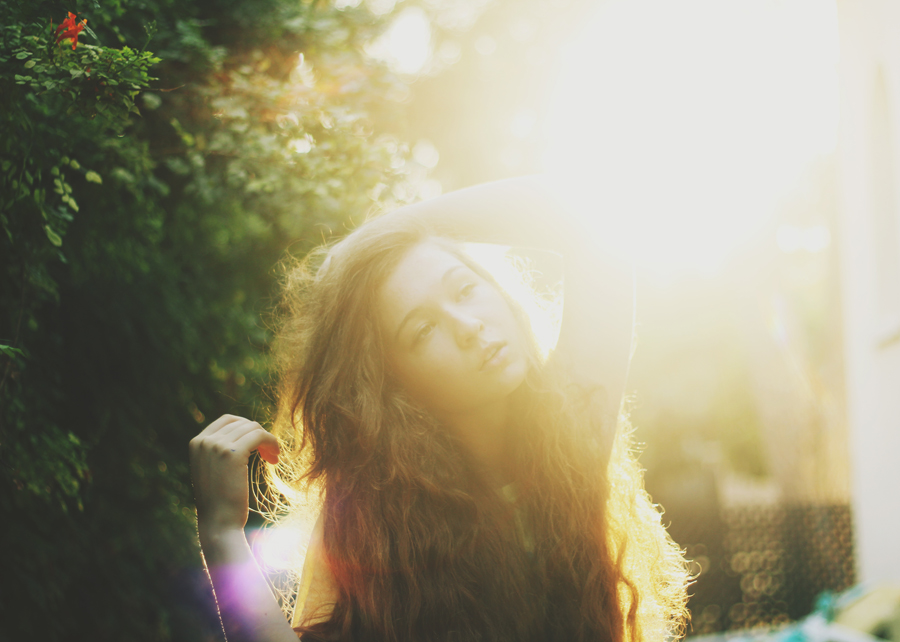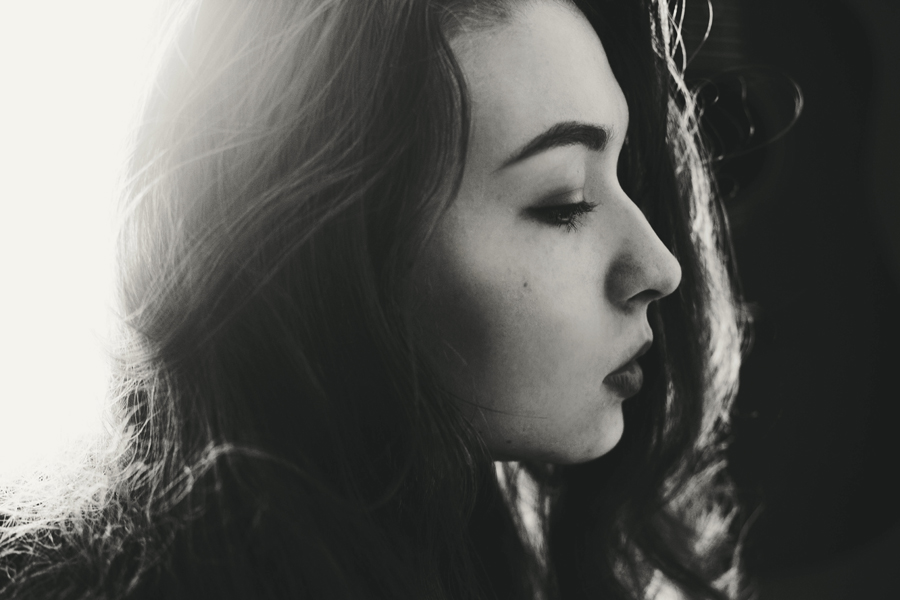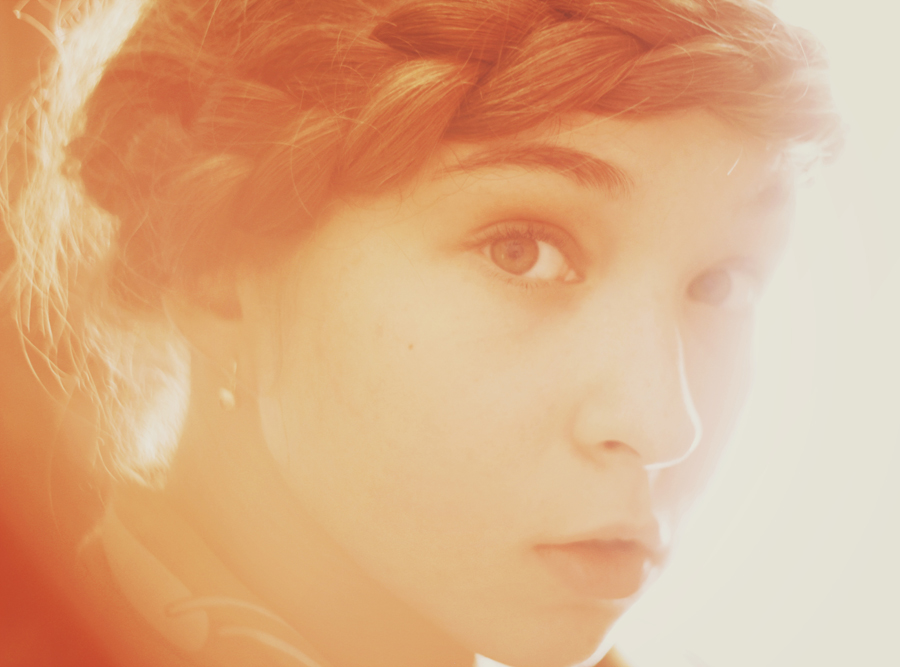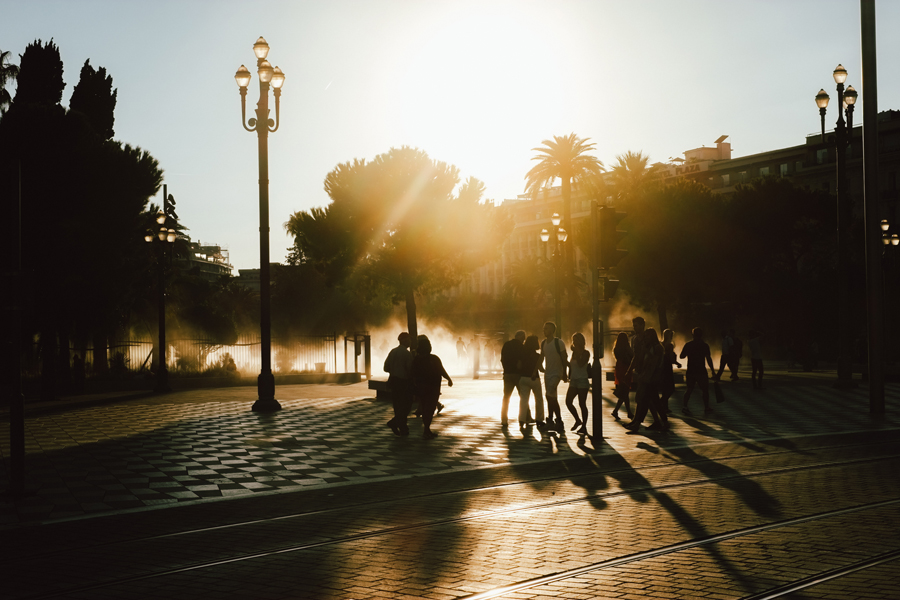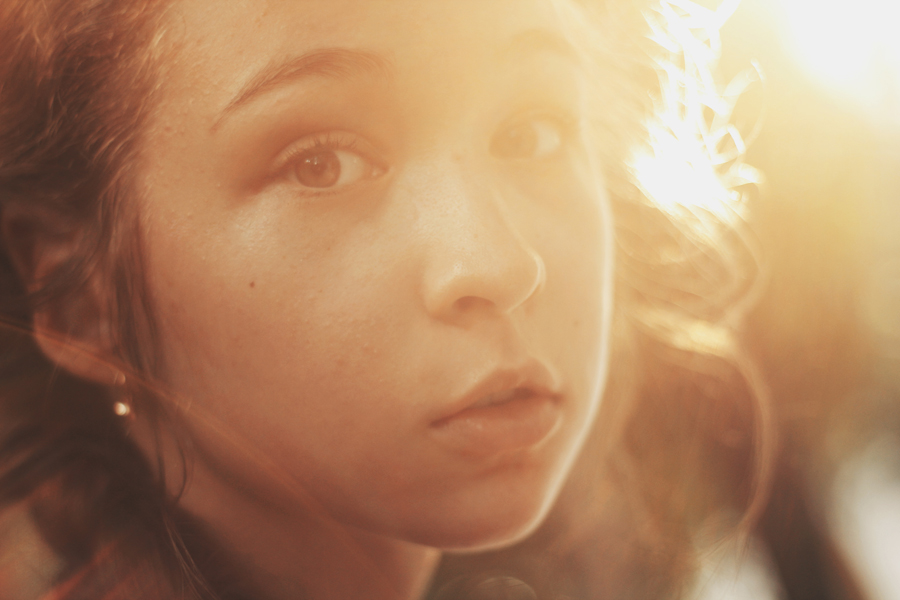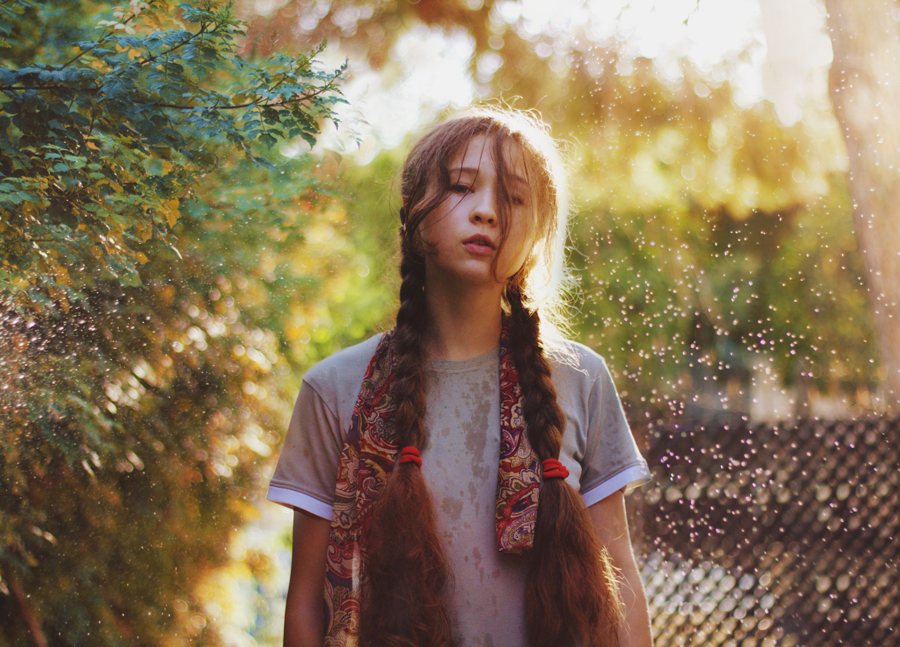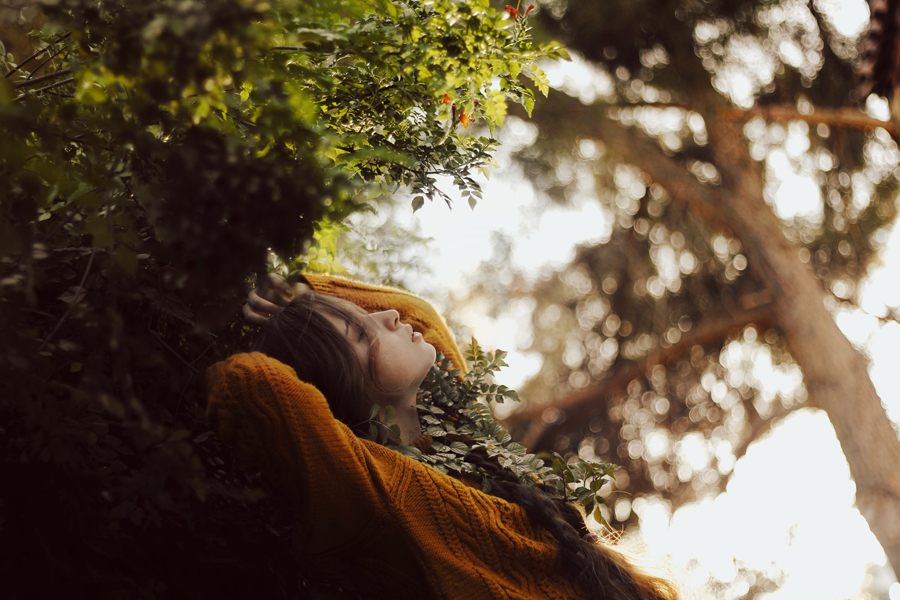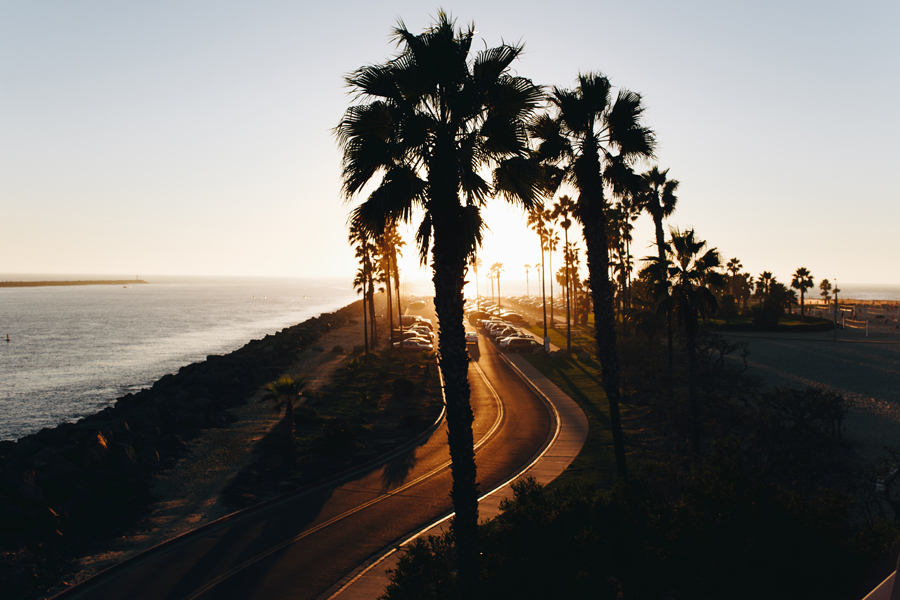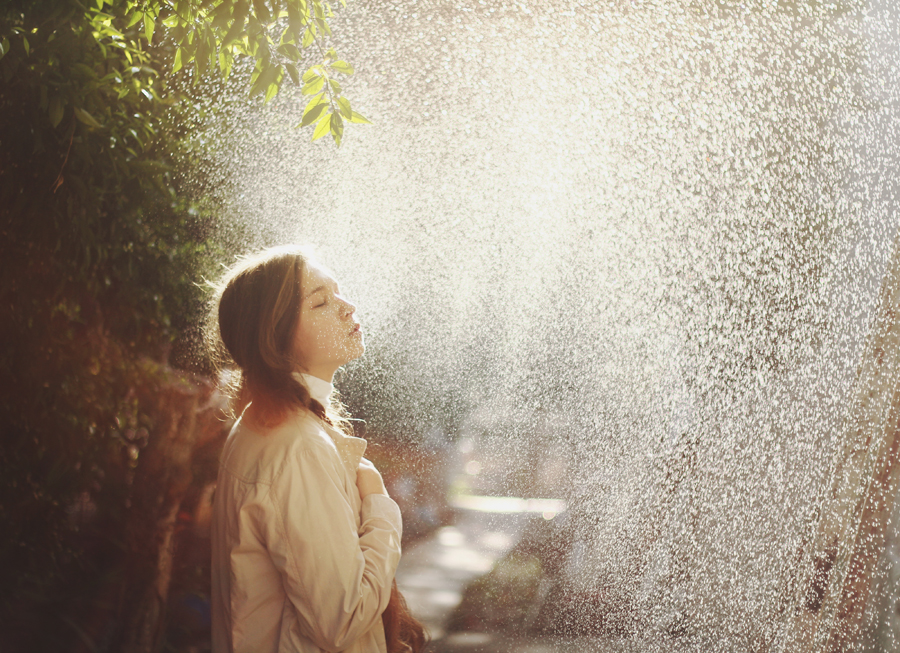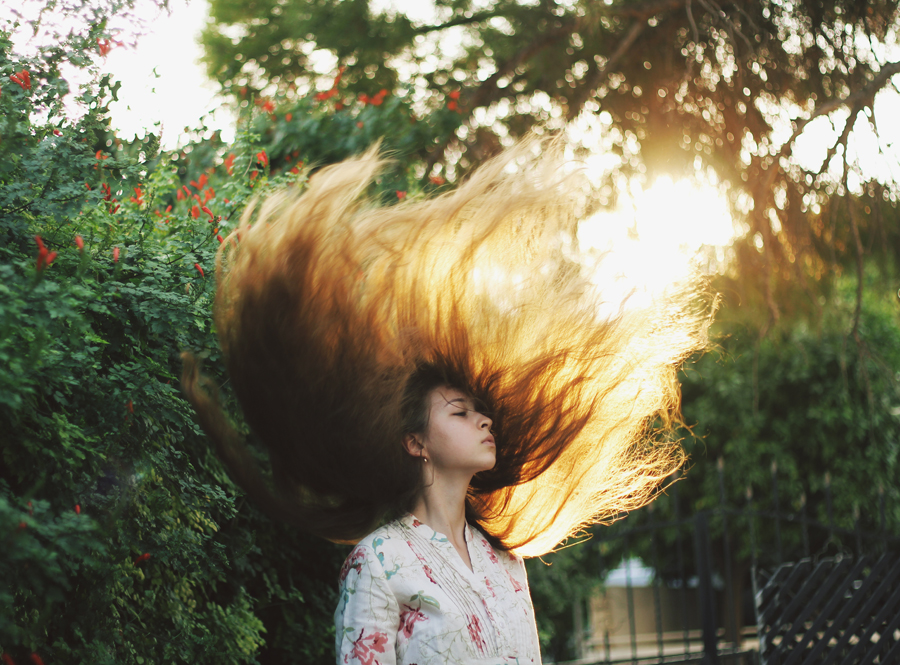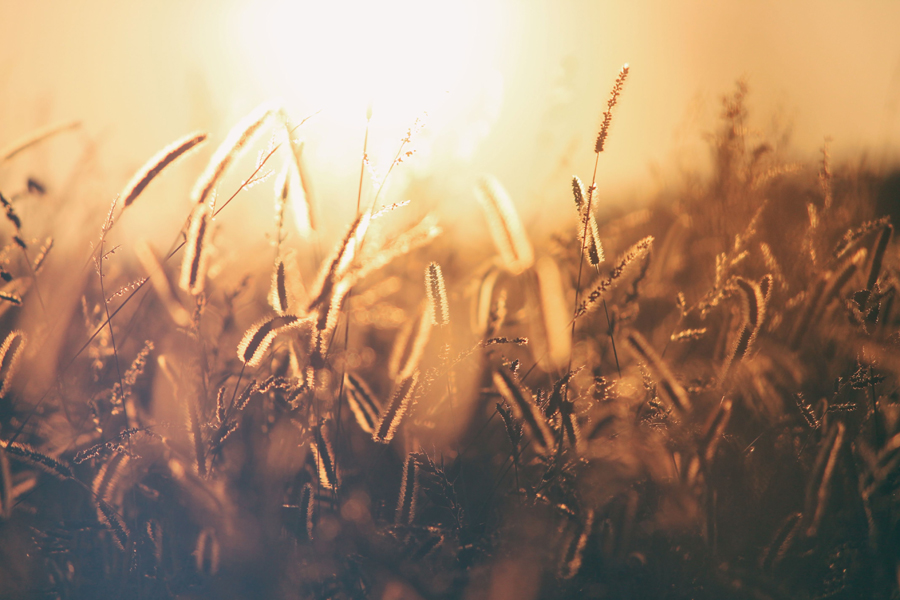The importance of lighting in photography is a well-known topic that’s been discussed for ages, by both professionals and amateurs. We can easily define light as endless, ever-changing, and infinitely majestic. Light can soak a location with heartwarming golden colors or simply dance with mist in a dark room. Because of its versatility, light is often feared.
Experimenting with light seems to be an intimidating idea; first attempts to master light are often met with failed results, which might discourage many artists. After all, it’s still possible to take visually stunning photos when there’s a plentiful supply of light available. Though unsuccessful shots are inevitable in any photographer’s life (regardless of their level of experience), befriending the many sides of light is highly important. Several failed shots are worth experiencing if the ultimate goal is a strong understanding of light.
The importance of lighting in limited light situations
Creative potential and light go hand in hand; if there’s even a small source of light somewhere, there’s a chance you’ll be able to use it to create fascinating shots. Dark rooms with limited light, for example, can be used to take mysteriously inspiring portraits. If you prefer to decrease your ISO number as often as possible, encourage yourself to get out of your comfort zone and use a high ISO number. In most cameras nowadays, a high ISO isn’t extremely damaging to a photograph, especially if you shoot in RAW mode. A combination of RAW, a high ISO, and a sturdy tripod will allow you to take photographs that would lose their mystery if more light were available.
Limited light is also a great opportunity to take abstract photographs. Unclear portraits of people whose faces are slightly concealed often have the power to tell a deep story. Silhouettes or shadowed faces are great examples of photos that could instantly catch a viewer’s eye. If storytelling is something you’re interested in, limited light could help your stories come to life.
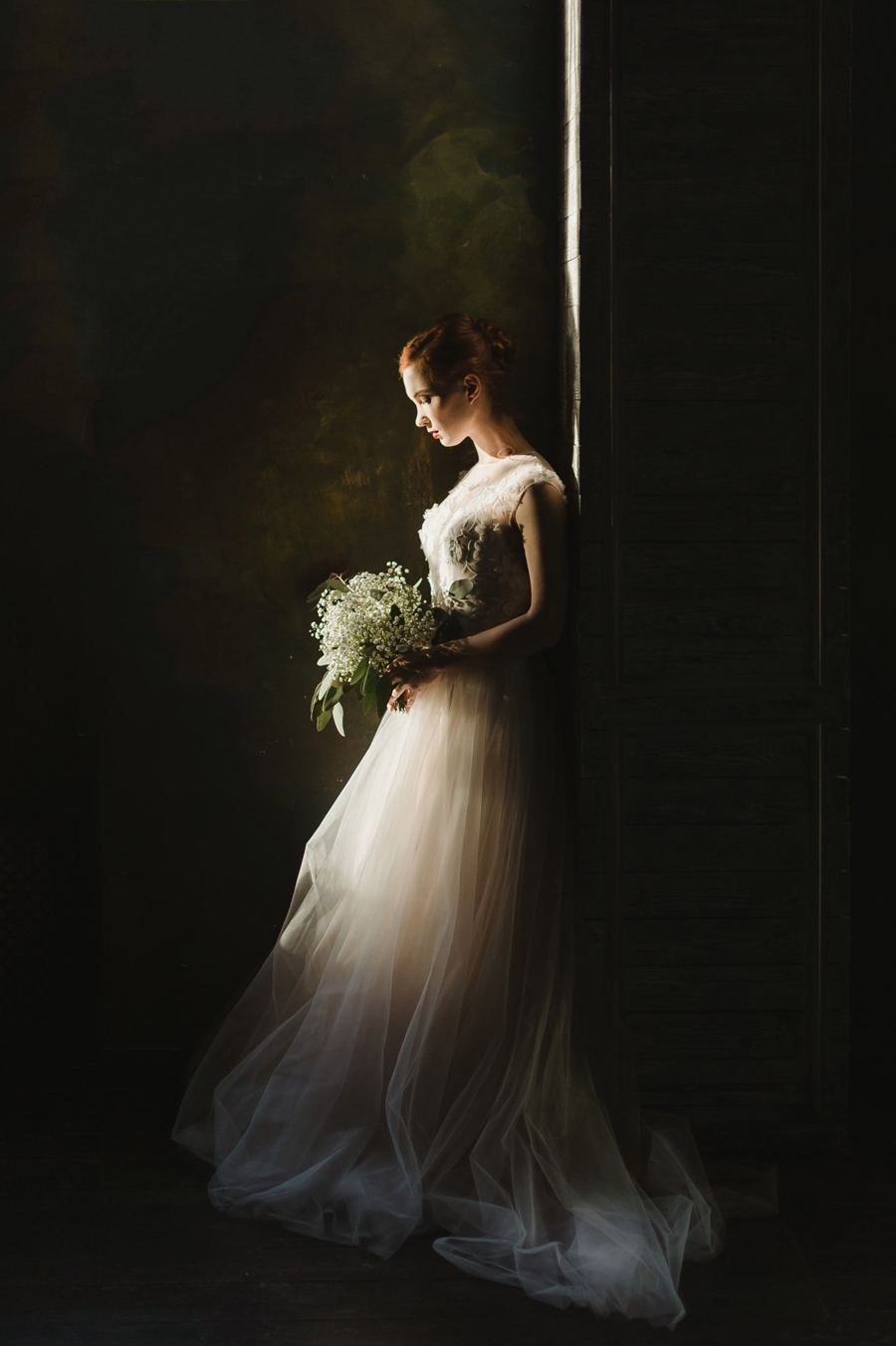
The manipulation of light
Light can be manipulated to make your photographs look like carefully crafted works of art. Find beautiful fabrics in your home (curtains are a great resource) to create intricate shadows on sunny days. If you’re a portrait photographer, this shadow play will help you take unique photos of people, photos that both you and the model will be proud to have. Interesting shadows can also be created using hands, trees, hair, grass, and more. Your imagination is the most important part of the equation, so make sure you nurture it whenever you have the chance. A big imagination will constantly give you peculiar and brilliant ideas, which will help you to continuously grow as a photographer. The more ideas you’ll acquire, the harder it’ll be to not make great progress.

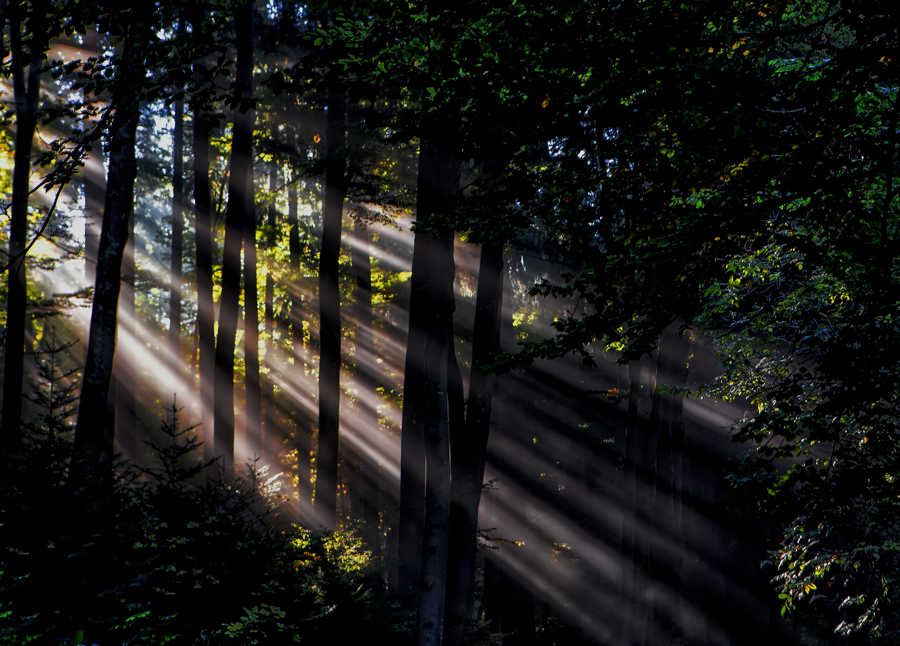
Artificial lighting and its role in Photography
Though natural light isn’t accessible 24/7, artificial light is always there to help you take better images. This kind of light can be altered more easily than natural outdoor light, making it possible for you to have more control over everything. Artificial light can be moved, decreased, and covered in an endless amount of ways. Even everyday objects as simple as torches, desk lamps, and phone light can be used to take stunning portraits. That’s why it’s crucial to acknowledge the importance of lighting early on.
You might be repelled by the unflattering colors that artificial lights tend to create – yellowish or blue hues that alter skin tones dramatically. This, however, can be fixed by altering a camera’s white balance. If your camera’s white balance doesn’t fix the issue, don’t refrain from continuing to take photographs. Editing programs such as Lightroom can decrease an image’s temperature and gracefully fix any unwanted colors.
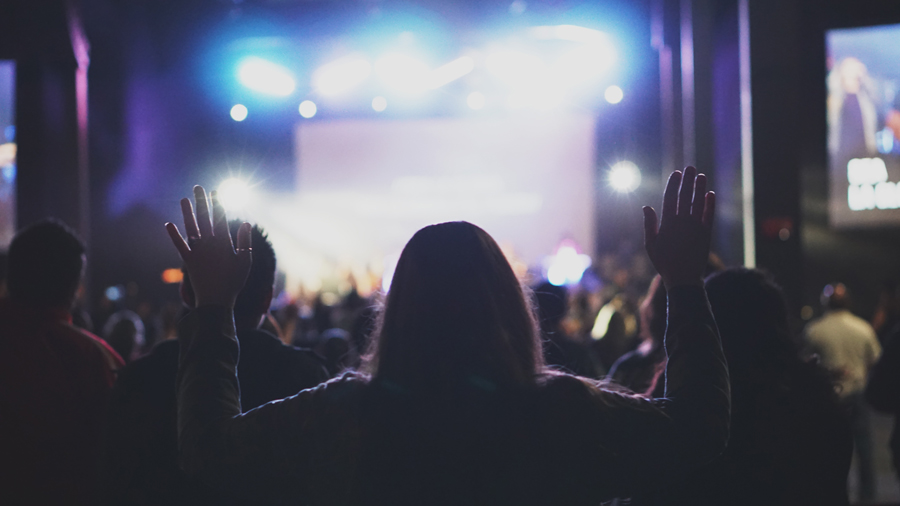
Confront your fears
Any creative fear can be changed by directly confronting the fear itself. If you’ve always avoided darkness for fear of getting blurred results, learn the power of high ISO numbers and strong tripods. If you’ve never been a fan of artificial light, research the works of talented studio photographers like Sue Bryce and give artificial light another chance. If you think your home is boring, notice the way light enters your room or the way your lamp makes your table shine. If you find too much natural light distasteful, dare to experiment with shadows. Open your mind to the beauty of light, no matter where you are, and you’ll get brilliant photographs in return.
Happy shooting!
